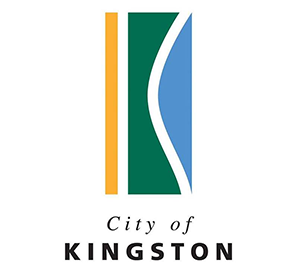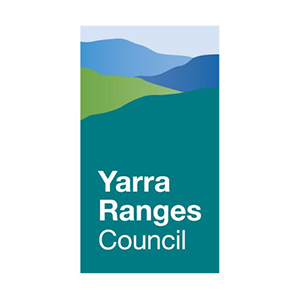Adaptive Capacity Checklist
The Adaptive Capacity Checklist was developed in response to How Well Are We Adapting councils identifying a need for a tool specifically tailored to the local government sector, that would enable them to conduct a quick adaptive capacity scan to understand their organisational strengths, opportunities and priorities.
Adaptive capacity is the ability of a system to adjust to climate change to moderate potential damages, take advantage of opportunities and cope with consequences.1 Organisations with greater adaptive capacity will be better placed to manage the risks and uncertainties posed by climate change and successfully adapt to future challenges.


Graphic adapted from Engle, N. 2011: Global Environmental Change Vol 21(2) 647-656.
Climate risks are complex, interconnected, novel and potentially impact many different areas of council services, infrastructure, operations and local communities. Therefore, it is necessary to develop coordinated and whole-of-organisation approaches to embed climate change adaptation planning and build adaptive capacity. However, this can be a challenging process and many councils experience difficulties in generating the internal momentum needed to embed climate change adaptation.
Unlike the How Well Are We Adapting tool, which focuses on indicators that monitor adaptation response at a detailed operational and service level, this checklist looks at high-level governance, leadership, process and policy capabilities and councils are encouraged to use it as a first step to inform adaptation program planning for local government. Once the checklist has been used to identify organisational needs and steps have been taken to build capacity, councils will be in a good position to successfully implement more in-depth monitoring through How Well Are We Adapting.
Councils may also choose to use the checklist every two to three years as a simple mechanism to benchmark their progress in building adaptive capacity over time.
Development of the Adaptive Capacity Checklist
Research was conducted on other capacity assessment tools to identify an appropriate scope, design and content. The final tool includes 7 steps, each featuring a different aspect of organisational adaptive capacity, for example ‘Leadership and resourcing’ and ‘Organisational culture.’ Under each step are a series of sub questions with drop down boxes that allow the user to select an indicative level of progress for their council in that area.

The checklist can be completed by one person in the organisation, for example the Sustainability Officer. Alternatively, the tool can be an opportunity to engage others from across the organisation and seek information about their capacity.
You can download the checklist here:
 | Adaptive capacity checklist.xlsx |  | (5,165KB) |
The checklist should take approximately two hours to complete.
Guidance is available within the tool on how to use the checklist, but for further guidance and case studies, view how councils have implemented the Adaptive capacity checklist.
Additional resources
A set of additional resources are available to support checklist users with completion of the checklist and to guide them in their progress of developing adaptive capacity:
- The training video guides users through the steps of the checklist and introduces the other resources available.
- The service team survey is an optional tool that can be used to gather information from across the council about capacity levels of different teams. It can be used to help inform your Adaptive capacity checklist responses.
- The resource library provides links and background information on capacity building resources relevant for each step. A variety of resource types are included such as flyers, templates, guidance materials, case studies, websites and reports. The resource library is intended to be a ‘living’ document, so please contact us to suggest new resources to include.
- A series of short ‘next step’ summaries (1-2 page) of key points relating to each step. These present brief explanations of key concepts and some suggested actions or points to consider when seeking to take action to build capacity in that area.
1 Based on definition in IPCC, 2014: Annex II: Glossary [Mach, K.J., S. Planton and C. von Stechow (eds.)].






















